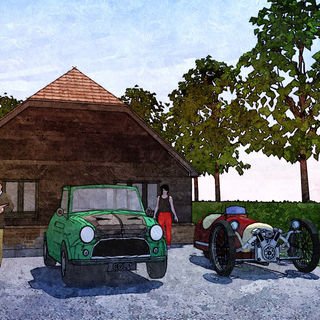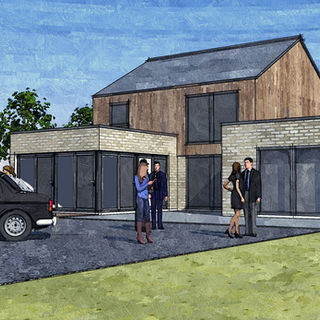
PROJECTS - AGRICULTURE
As a Chartered Planning Consultancy we have a full understanding of the agarian landscape and how to achieve success in the Planning system.
Agricultural development includes new farm buildings (barns, silos, slurry stores, polytunnels and glasshouses), infrastfarm tracks, reservoirs, irrigation systems, farm diversification (farm shops, glamping, renewable energy), and change of use applications – e.g., barn conversions to create rural housing.
The UK planning system is designed to balance support for farming with protection of the countryside. Agricultural use of land is normally permitted as in you don’t need planning permission to grow crops or graze animals. Permitted Development Rights allow certain types of farm development without a full planning application under the Town and Country Planning (General Permitted Development) (England) Order 2015). Full Planning Permission required for larger, more permanent, or non-agricultural schemes.
Agricultural Permitted Development Rights (England example) is plotinotkey calsses with the first being Class A for units over 5 hectares and this allows for agricultural buildings & extensions up to a 1000m2 and on smaller holdings of 0.4 - 5 hectares Class B applies and this allows buildings up to 465m2. Class C allows for the winning and working on land held or occupied with land used for the purposes of agriculture of any minerals reasonably necessary for agricultural purposes within the agricultural unit of which it forms part. Class E allows for The carrying out on land used for the purposes of forestry, including afforestation, of development reasonably necessary for those purposes, and finally Class Q allows for the conversion of buildings on agricultural units and former agricultural buildings to dwellinghouses.
When councils assess agricultural planning applications, they weigh the need for the development against the visual impact on rural landscape and will aslo assess highways & access impacts upon the adjacent highway network. Environmental impacts from noise & odour to Flood risk assessment will be assessed as will any biodiversity, heritage, Green Belt, and AONB restrictions.
The National Planning Policy Framework (NPPF) supports sustainable growth and diversification in rural areas. Local Plans set policies on agricultural development, farm diversification, and protection of rural character.
Challenges facing agriocultural development include Green Belt & landscape restrictions , farm buildings can be refused if visually harmful,public opposition to intensive livestock units and large barns, with glamping sites often face local objections. A
At En-Plan we can balance these competing influences to create successful agricultural developemnts using our skills in rural planning. Please contatc us for free initial consulation.



























